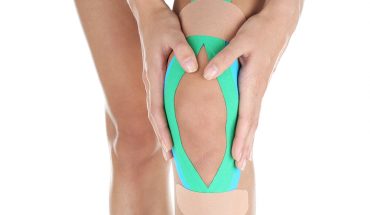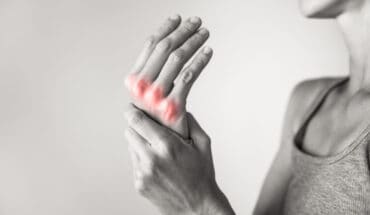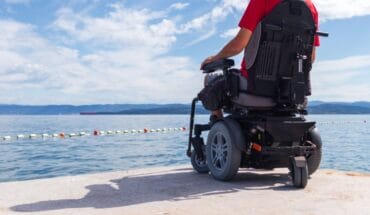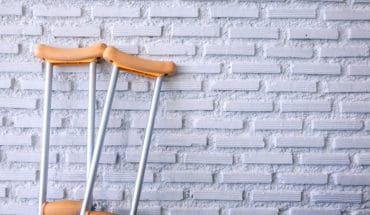As a half-Asian woman married to a French man, I appreciate how different countries and cultures have different attitudes to being a woman and in particular, the focus and extent to which we look after our bodies after having a baby. We focus so much on giving birth and too often forget the changes our bodies go through, especially our core muscles and pelvic floor.
In the UK, there seems to be a squeamishness about mentioning it at all and women are proud to be back on their feet within hours of having a baby, even it if wreaks havoc with their health.
In Asia, women traditionally take time to heal their body and mind for 30 days after birth. In France, the government actually pays for 10 sessions of physiotherapy to restore the pelvic floor muscles, which are the cradle which hold up the vagina and uterus and other organs in the abdomen.
About a third of new mums in the first year after having a baby suffer from stress incontinence
But if we don’t pay attention to our pelvic floor, the long-term consequences can be serious, both for sexual health and mental wellbeing. About a third of new mums in the first year after having a baby suffer from stress incontinence, which is leaking of the urine after physical exertion – a problem that can be reduced or avoided if pelvic floor muscles are restored by proper exercise.
I first became aware of the problem when I was head of research at Marie Stopes. I saw the consequences when women got it wrong. They didn’t have many options either. The traditional way to strengthen pelvic floor muscles is a labour of hope over experience. You try and contract the muscles with no biofeedback and it is frankly quite boring. Physios would often insert two fingers into a woman’s vagina to ‘rate’ the performance of her pelvic floor muscles, which was subjective and inaccurate.
Those women who suffered severe problems and were referred to hospital outpatient departments were hooked up to electronic monitors on a vaginal probe which measured the strength of their muscular contractions and fed back visual images to the women and clinician. These machines did work because they included the all-important biofeedback which we know increases motivation, but they were the opposite of discreet and comfortable.
I was also aware that new low-weight sensors were being used by elite athletes to measure performance and it occurred to me that this technology could be used in a vaginal device which could easily and quickly measure squeeze pressure and speed of muscular contractions by women using the system at home. Elvie, which is much smaller and made of medical-grade silicon, was the result and it was tested on around 150 women who found it easy and comfortable to use. Because it gives immediate biofeedback, it encourages women to improve their scores and can be set to individual attainment levels.
What we have found is that Elvie can help reduce stress incontinence in as little as two weeks
What we have found is that Elvie can help reduce stress incontinence in as little as two weeks and can even help relieve symptoms of prolapse – common after pregnancy.
We now have data from nearly one million workouts and it is helping us to develop the product and improve its functionality as well as giving insight into this common condition.
We were warned that we would find it hard to market this device because it would be seen as ‘top shelf’ but the opposite has been the case. Women are keen to reap the benefits and actress Gwyneth Paltrow has recommended it to her followers on her wellness and lifestyle blog, Goop. John Lewis sell it in their mothers and babies department where it does brisk business beside the milk expressors and yoga mats. I think we are finally getting over our squeamishness about pelvic floor muscles and that is an entirely good thing.
- No more squeamishness about pelvic floor exercises - 7th January 2017






